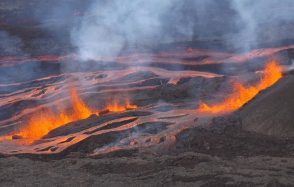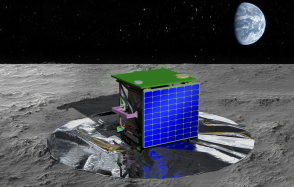InSight launch
At 4:05 am (Pacific time) on Saturday May 5, the Atlas V rocket lifted off from Vandenberg Air Force Base, California, sending the InSight probe to Mars.

Publication date: 05/05/2018
Events, Observatories, Press
Related observatories : InSight Observatory
Related themes : Earth and Planetary Interiors








